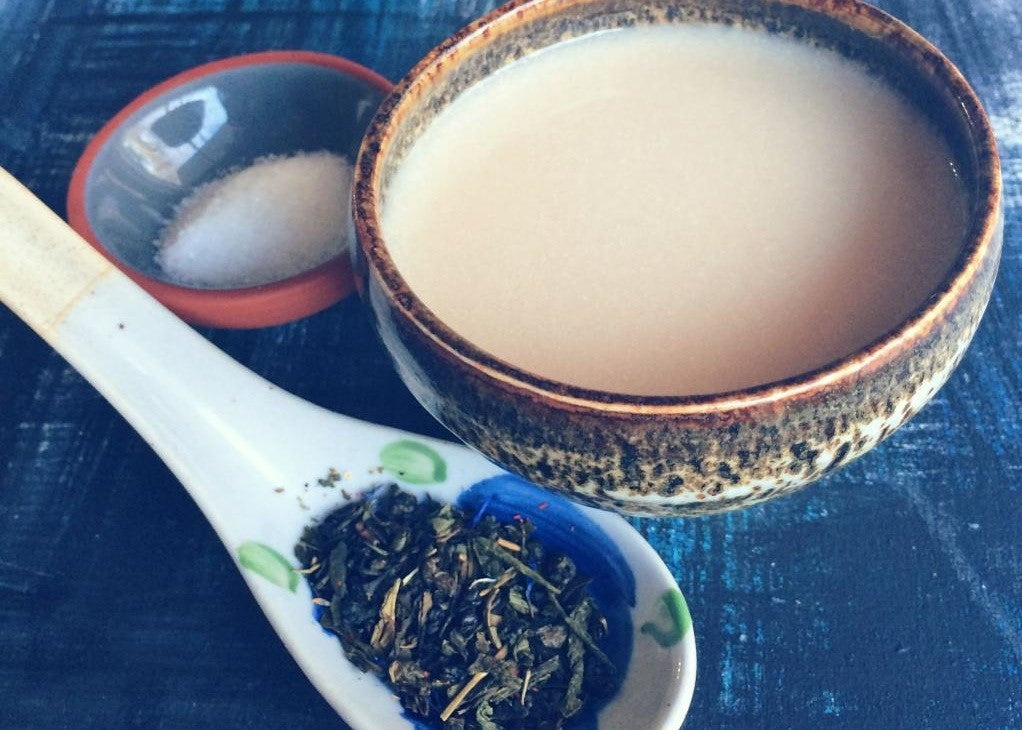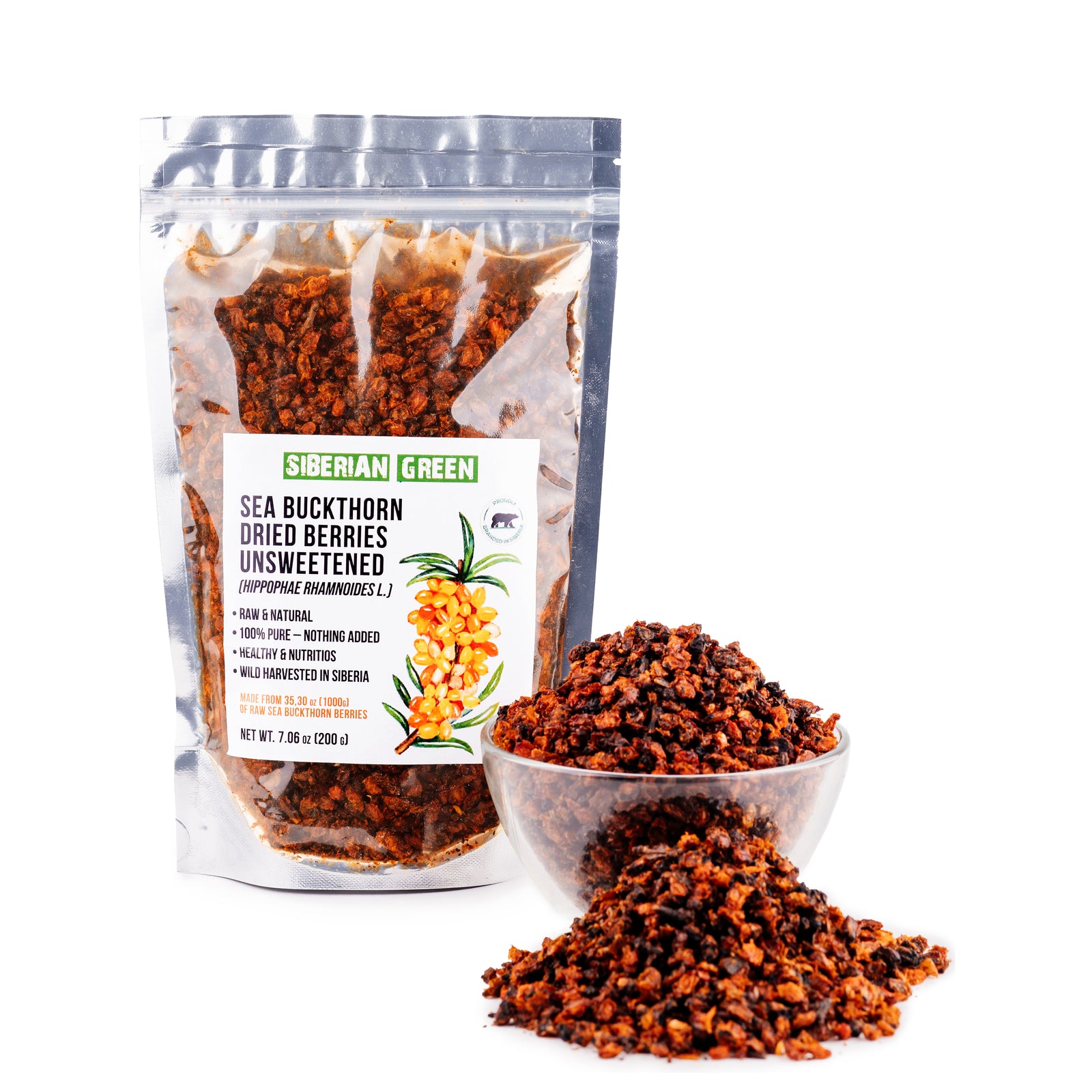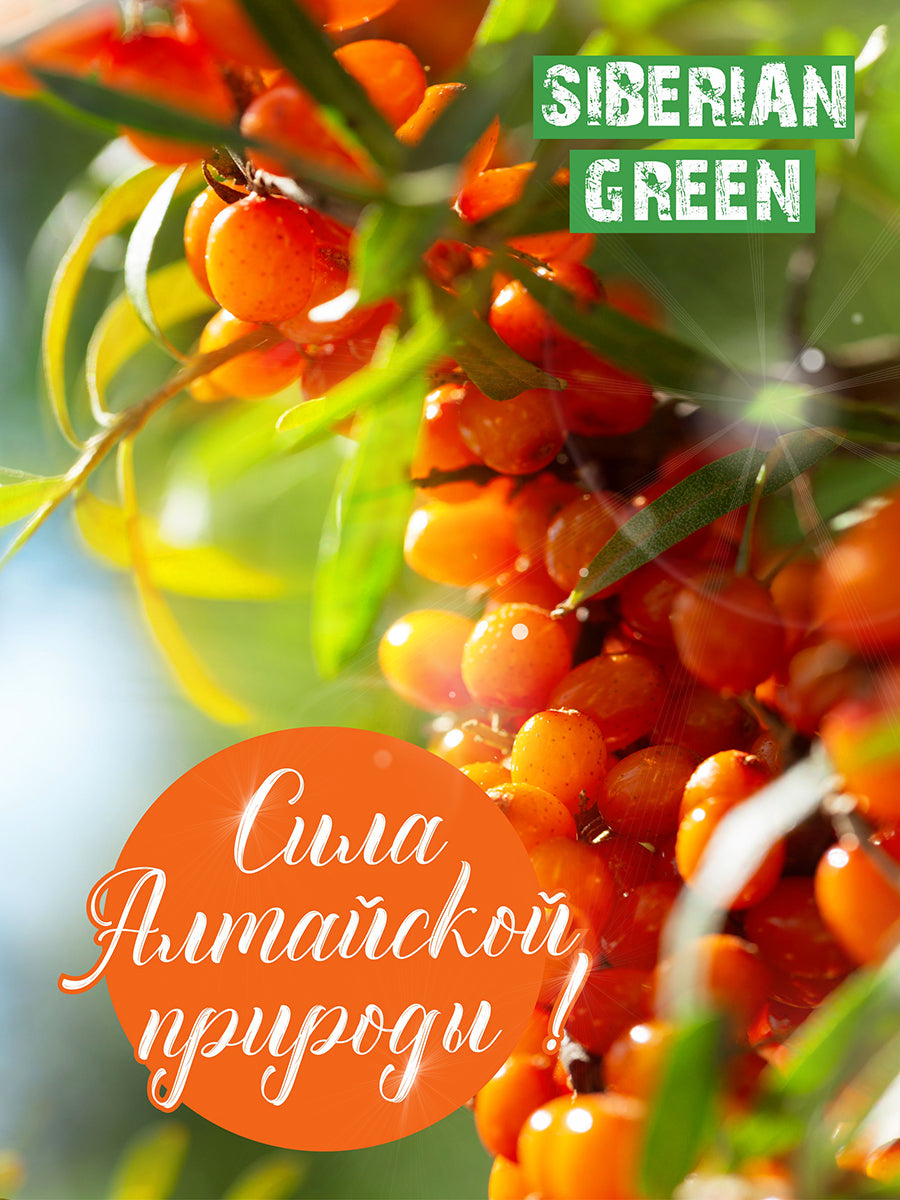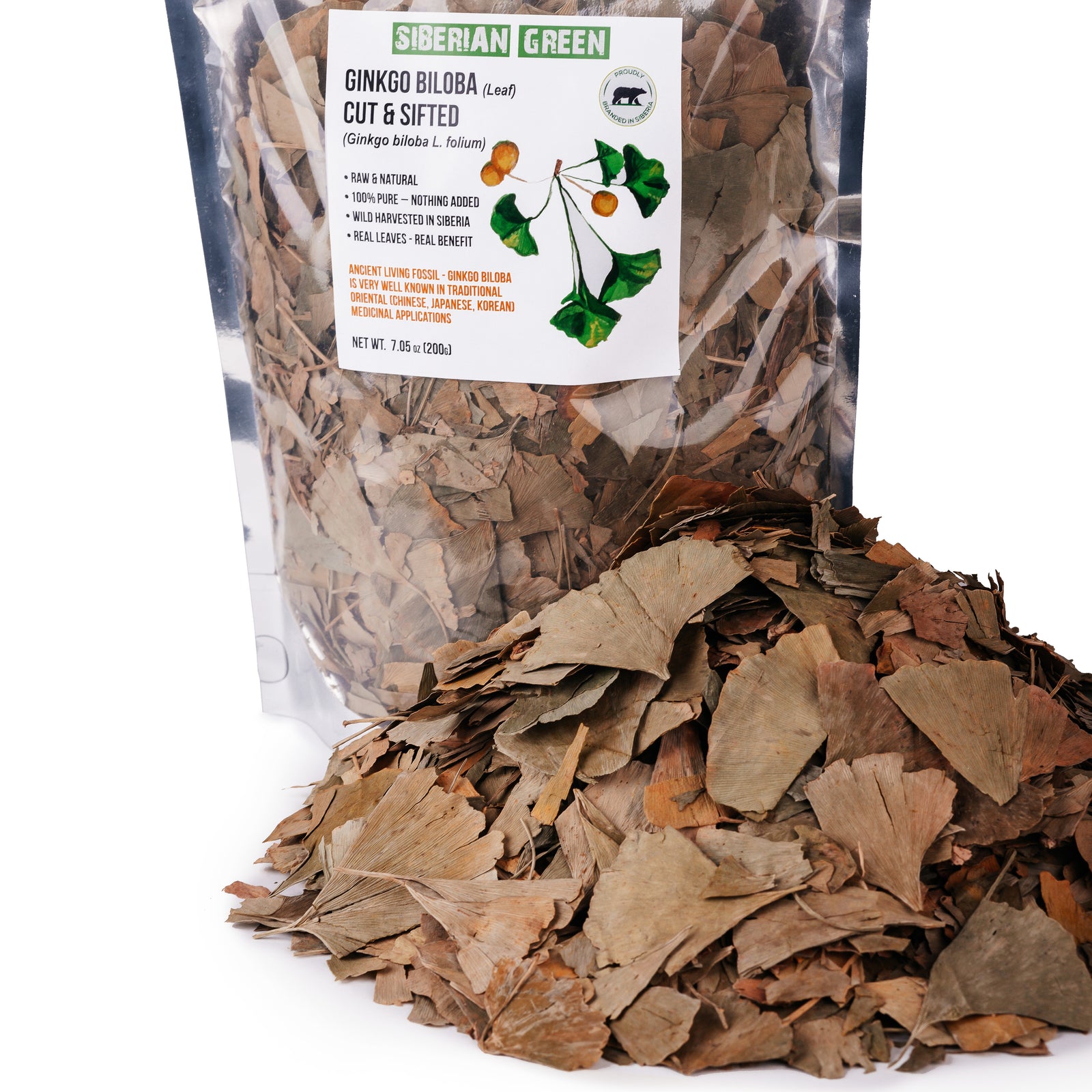The first mention of the tea ceremony dates back to 2737 BC. Legend has it that the Chinese emperor accidentally discovered the properties of tea when leaves from a tree fell into a cup of hot water. Since then, the tea culture has spread all over the world and acquired new features in each of the countries.
In this article, we will tell you how tea traditions are preserved by representatives of the indigenous peoples of Siberia and Altai.
Tea traditions of the Evenk tribes: "Tea is the gift of nature".
The national cuisine of the Evenks can be called one of the oldest examples of the culinary art of the peoples of the Russian North, who were able to fully and rationally use the resources of their native nature.
Evenki Tea drinking ceremony in Chum (traditional Evenk dwelling)

Tea is drunk first of all upon arrival at a new place and before starting any work. In summer, thyme and currant leaves are added to the tea leaves. During a tea party, if you no longer want tea, you need to turn the cup upside down, otherwise, the hostess will endlessly pour you tea. It was drunk without sugar before meals for several cups.
Northern and Baikal Evenks drink tea with salt. In winter, in places where there was no fresh water, ice was broken, and at the entrance to each chum, there was always a chuman (birch bark box) with pieces of ice. When migrating and hunting, they also used snow, accumulating it in a boiler or kettle.
Evenk hunters usually poured deer milk with tea and poured flour porridge and crushed berries with it. If there was a lot of milk, the Eastern Evenks put a bowl of milk in a pot with boiling water and cooked the latter until it thickened. Thickened milk was eaten with bread. rosehip and lingonberries.
Tea drinking traditions of indigenous Buryat tribes: "The friend of the house is the one who drank tea in it."
The traditions of ancestral tea drinking have been preserved by modern Buryats to this day. Gestures, cooking methods, and most importantly - the moral state of the soul of the person serving tea, his thoughts are of great importance. The tradition of making and serving tea is closely related to the religious rites of Buddhists.
The Buryats, like every nation, have their tradition of tea drinking, and it is associated with a nomadic lifestyle. After the first “sunbayna” ("hello") and before the last “bayarte” ("goodbye") an honored guest, traveler, friend and brother are generously given tea in a Buryat family. "The friend of the house is the one who drank tea in it," says the proverb of the hospitable Buryat.
“Zutaraan Sai” traditional Buryat green tea
According to one of the recipes “zutaraan sai”, traditional Buryat tea is brewed from green tea leaves, milk, toasted flour, as well as oil and salt. For nomadic peoples, this method of brewing tea was simply irreplaceable, provided a large influx of energy into the body, and the caloric content helped to warm up. This tea was an excellent substitute for food. On special occasions, Buryat women brewed tea in a cauldron, stirring and pouring from a ladle into a cauldron, according to legend, a thousand times, pouring back in a thin stream.
In the old days, tea was drunk from a special bowl (“ayaga”) and poured almost to the brim. Many elderly Buryat women keep the rite - the first cup of fresh tea is presented to the “burkhan” (god). Then they treat the fire with tea, and in the third place - the spirits, the owners of the earth. To do this, going outside and sprinkling tea in all directions, they ask for the well-being not of themselves, but for all living things on earth.
The tea was served with dairy products and flour-made boovs. Today, delicious, lush boovs (deep-fried pieces of dough) are an integral part of the festive table of the Buryats. However, housewives often prepare it for an ordinary dining table to please their relatives with a fragrant delicacy. There are a great many ways to prepare this dish because in every family they are prepared differently.
Semeiskie (Slavic hermits, Old Orthodox Believers) "Tea and porridge are our food."
The Semeyskys are Old Believers who were exiled by the government of the Russian Empire in the 18th century to Transbaikalia during the partition of the Polish-Lithuanian Commonwealth (Poland) between the Russian Empire, Prussia, and the Austrian Empire. The Semeyskys were resettled several times from 1735 to 1795.
The Semeiskie in traditional clothing.
Since the Old Believers were resettled not one by one, but whole large families, local residents of Transbaikalia called them “семья” (semja: "family"). They settled in large groups and formed whole villages and villages. The ancestors of these people survived difficult historical events but did not break down. The Semeyskys have preserved their traditions, religious outlook, and peculiarities of tea drinking.
The Semeyskys drank tea in a hurry, without sitting too long at the table. There were even sayings among the people: "Who drinks tea, he despairs of salvation," "Who drinks tea, he is desperate from God." Instead of tea leaves, fireweed, lingonberry leaves, chaga, dried carrots were brewed.
However, over time, it still became a habit to drink traditional tea herbs. To have tea with an empty table is not the case — it was served with brushwood, rolls, loaves, tarak (fermented milk) with sweet filling, cheesecakes with cottage cheese, bends stuffed with butter and sugar, tortillas stuffed with berries, or sweet pies.
In general, bread was “the head” of the Semeyskys table. It was kneaded on sourdough, and baked in a Russian oven. There are also a lot of meat dishes: fried meat, bacon, jelly, chowder with meat and much more. Semeysky cuisine is notable for the fact that almost no seasonings are added to meat dishes. The tables of the Semeyskys are always bursting with various treats and preparations, drinks.






Leave a comment (all fields required)